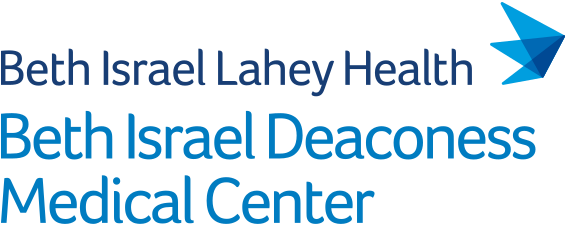Abstract
BACKGROUND: Claims data are increasingly used for postmarketing surveillance of therapies such as transcatheter left atrial appendage occlusion (LAAO), but their accuracy remains uncertain.
OBJECTIVES: This study aimed to compare stroke and bleeding events in the National Cardiovascular Data Registry LAAO Registry with claims data.
METHODS: LAAO Registry data for patients aged ≥65 years were linked to 2016 to 2021 Medicare claims. Primary diagnosis International Classification of Diseases-Tenth Revision codes from inpatient hospitalizations were compared to adjudicated registry-reported stroke and major bleeding events after discharge, including estimation of sensitivity and positive predictive value of claims for identifying registry-reported events. Kappa statistics and incidence rates were also assessed.
RESULTS: Among 71,043 LAAO Registry patients, sensitivity and positive predictive value of claims were 60.8% and 50.5% for ischemic stroke (kappa 0.55), 42.7% and 50.5% for hemorrhagic stroke (kappa 0.46), 55.9% and 40.3% for gastrointestinal bleeding (GIB) (kappa 0.43), 62.2% and 38.0% for intracranial hemorrhage (kappa 0.47), and 20.4% and 10.0% for other major bleeding (kappa 0.12). Sensitivity and negative predictive values were >92% for all events. Two-year incidence rates were higher in claims vs registry data for ischemic stroke (2.5% vs 2.2%), GIB (6.8% vs 5.2%), intracranial hemorrhage (1.6% vs 1.1%), and other bleeding (3.1% vs 1.5%; P < 0.01 for all events), and lower for hemorrhagic stroke (0.4% vs 0.5%; P = 0.03).
CONCLUSIONS: In the LAAO Registry, International Classification of Diseases-Tenth Revision codes have moderate agreement with stroke, GIB, and intracranial hemorrhage, and overestimate most event rates compared to adjudicated registry-reported events. Nonclaims-based methods are needed to ensure accurate assessment of clinical events in postmarketing surveillance.

